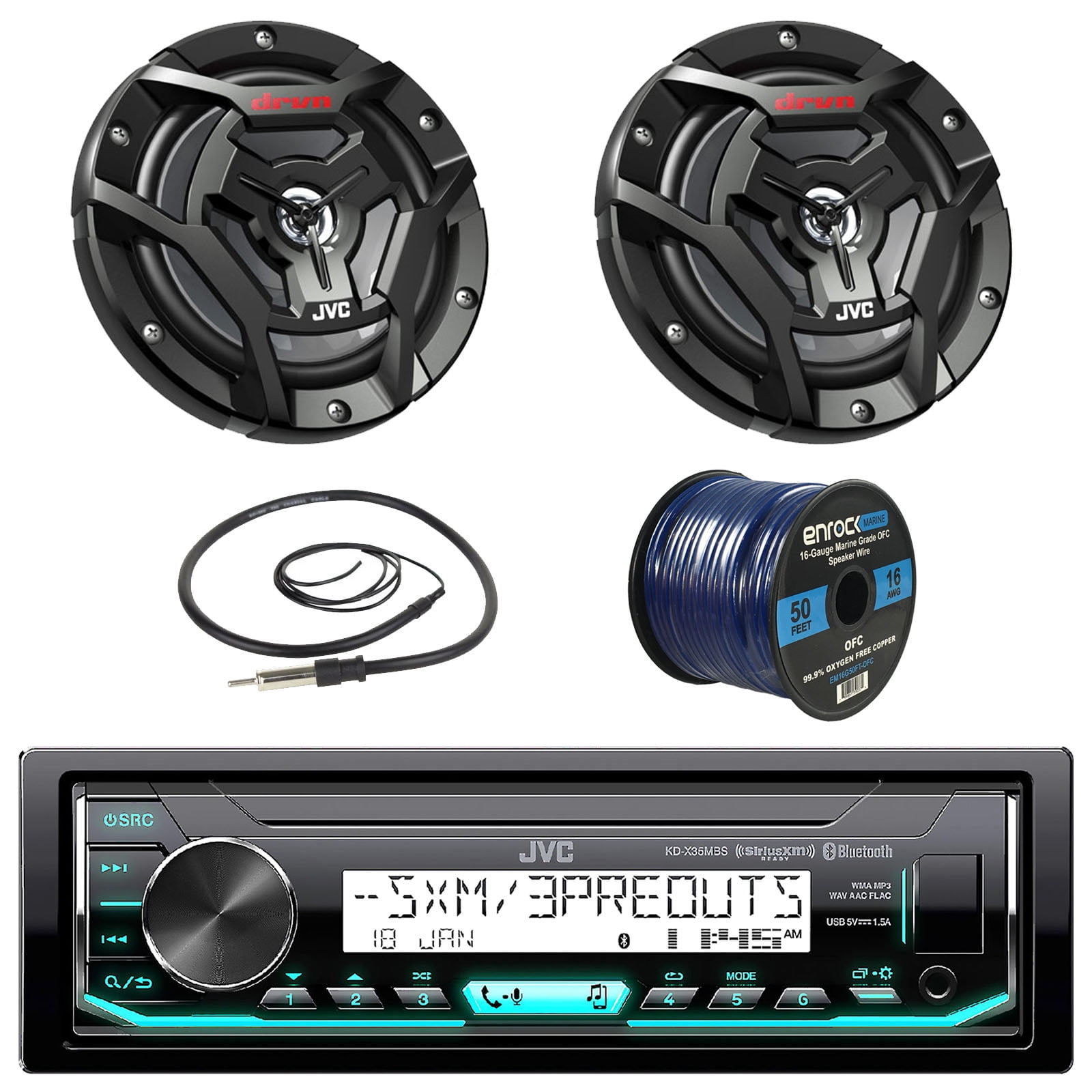

The ceramic decoupling caps C3-C6 are there to reduce the irradiation of noise (EMI) generated by the display and SPI data bus. Without the Logic Level Converter you gain circuit simplification and a gain in I2C communication speed. In practice there is a resistive divider formed by the 1k resistor and the pullup resistor connected to 3.3V, so the logic level High never exceeds 3.3V (measured) on the Si473x pins. However, I do not use the Logic Level Converter in my project, I do use resistors, and in various pratical experiences (that I have been doing for more than 2 years) I never had any problem, I never had any Si5 devices damaged, not even I2C communication issue and I never noticed any instability. The arduino also provides stabilized voltages of 5V to supply the TFT display and 3.3V to supply the Si4732 (or PLB102).Ī point that always raises doubts and there is a lot of information without practical basis and tests is about the difference in logic levels between the Arduino 5V and the IC Si473x.Īs the Arduino has 5V logic levels on the I2C bus and the Si473x uses 3.3V, if necessary, a 5V to 3.3V Logic Level Converter Bi-Directional can be used on the I2C SCL / SDA bus and RESET line, between the Arduino and Si473x.Ī typical generic 5V to 3.3V Logic Level Converter - Bi-Directional The arduino is powered by 7.8V (2x18650 batteries) applied to the VIN input. The D1 and D2 (BAV199 - dual diodes) can be replaced by 2 x 1N4148 or even ommited for simplification, I do not use them on my receiver, but it is a protection against electricity static discharges (ESD). When switch S1 is in the MW position, the external shortwave antenna must be disconnected to obtain a cleaner reception, as in this case the ferrite rod plays the role of an antenna. The S1 switch is used to select the antenna for Shortwave (SW) or Medium Wave / Long Wave (MW / LW).

The antenna input circuit (RF front end) is simplistic, I did not use an RF pre-amp (LNA) or even more elaborate LPF / BPF filters and even so it is possible to get good radio receptions.

#Stereo receiver radio antenna update#
Update May, 2022: added the firmware for the Pro Version (with SSB), see below.Uses few componets and delivery surprisingly good performance.Controlled by an Arduino Nano + ST7735 TFT 1.8in display, 4 push-buttons, a SPDT switch and a rotary encoder.Uses the Si4732-A10 (included a breakout PCB project) or the PL102BA-S V2 modules.Selectable tuning steps of 1, 5, 9, 10kHz and the color scheme of the display (2 schemes).Band name indication (m) on the screen.
#Stereo receiver radio antenna plus#

Atractive color screen look with numbers in 7 segmens style, easy to read.The data is kept even if the arduino is turned off. Non volatile memory to store the actual frequency, band and screen theme on Arduino’s EEPROM.LW band and 14 Shortwave bands, covering from 150kHz to 30MHz, including CB band.AM MW band for Europe (9kHz spacing) and MW band for USA (10kHz spacing).Stereo FM 64-108MHz with RDS (Radio Data System) with station ID and radio text auto-scrow information on the screen.Let's go, try the project and check it out! Now, if you like Arduino and DIY, building your own radio receiver is a priceless experience. However, listening to the radio or practicing the hobby of radio listening (SWL) is something that brings a lot of pleasure, especially when exploring the Shortwave Bands, where we can hear many interesting, distant and weird signals. Radio was one of the first media of telecommunication for long distances, so it is a very old technology.


 0 kommentar(er)
0 kommentar(er)
